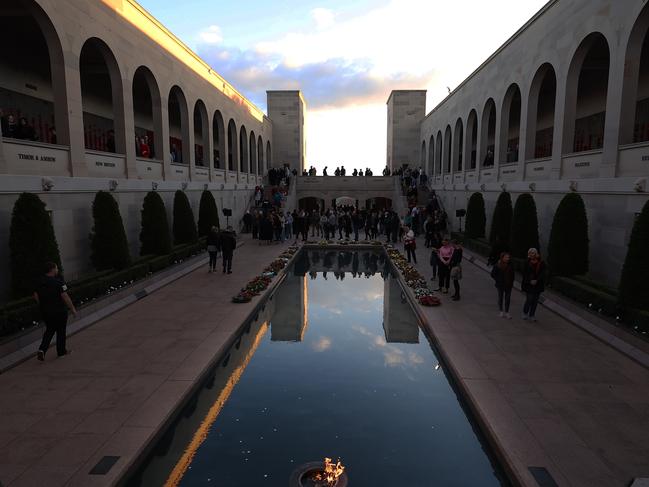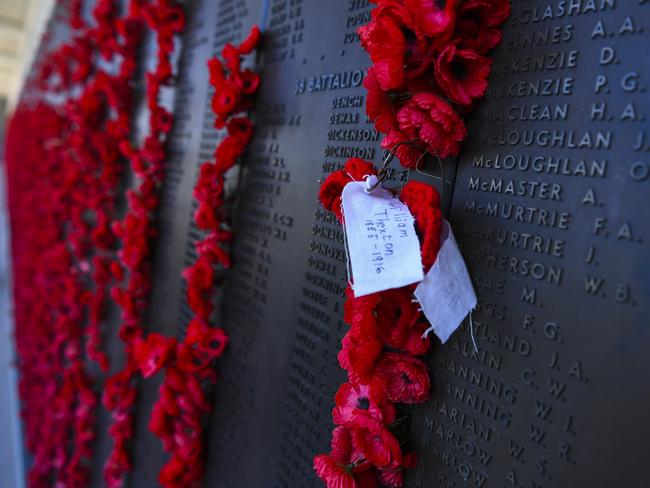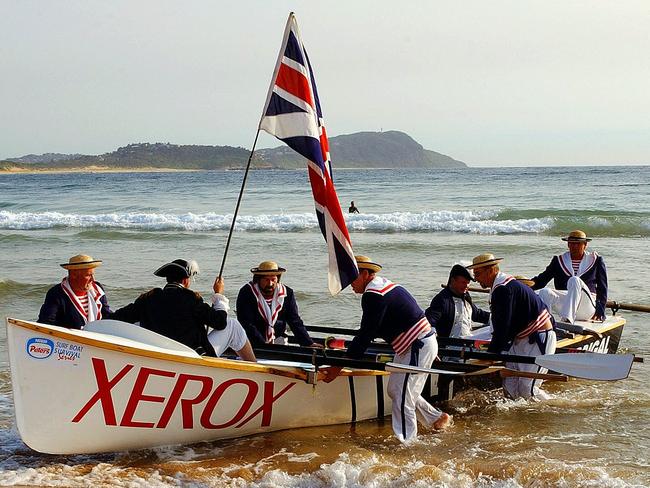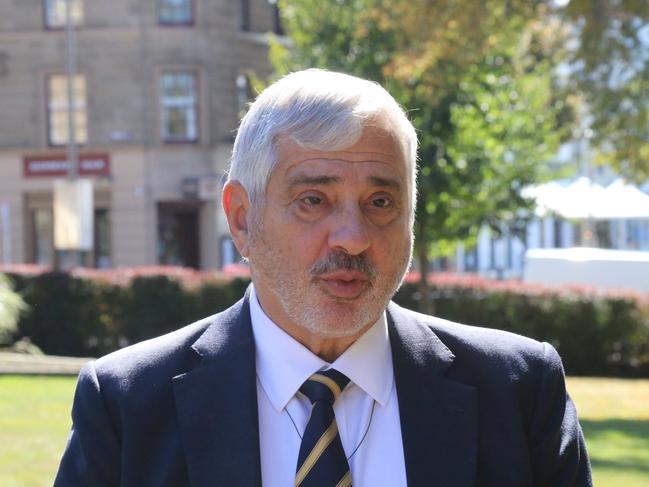Peta Credlin: ‘Frontier Wars’ memorial will only further divide Australians
A push for the Australian War Memorial to feature the so-called “Frontier Wars” between British settlers and Aboriginal people will turn an institution of unity and pride into one of division and shame, writes Peta Credlin.
Opinion
Don't miss out on the headlines from Opinion. Followed categories will be added to My News.
In today’s Australia, all are equal – but some are more equal than others.
The trouble with the rush to give the Indigenous flag equal status with the national flag and to begin most civic events with an acknowledgment that the relevant place “always was, always is, and always will be” the land of the relevant Indigenous clan, is that we’re becoming a nation divided by racial heritage.
And then there’s the proposed constitutionally entrenched Indigenous “Voice” to parliament.
Pretty soon, if not already, there’ll be two classes of Australian – those whose ancestors have been here for tens of thousands of years and those whose forebears have come since 1788.
Plainly it would be wrong for people who can trace their heritage back to the First Fleet to look down on recent migrants.

Just imagine the reaction if an Australian with 150-year-old Irish ancestry was to make an Australian with recent Vietnamese ancestry feel less Australian?
So why then isn’t it equally problematic for people whose Australian heritage goes back further to be recognised in a way that others aren’t?
If we are now in the business of ‘grading’ Australians based on the longevity of their DNA links to this land, surely that’s at odds with decades of sentiment aimed at creating a multicultural country where what matters is your contribution to Australia, not how long you’ve lived here?
Last week’s push to have the Australian War Memorial extensively feature the so-called “Frontier Wars” as part of its half a billion-dollar expansion is the latest attempt to make today’s Australians uncomfortable about our past and is wrong on any number of levels.
The Australian War Memorial is the soul of our nation. It’s a place of special reverence and solemnity.
It’s a concrete reminder that freedom comes with a huge price paid by men braver than most of us.

And it’s a warning that if we are not resolute in the defence of what makes Australia great, the time might come that we will have to risk life to protect it.
By its very definition, it’s a place that honours the sacrifice and service of those who have worn our uniform, and fought under our flag, in the wars that occurred after the colonies of this country came together to form a federated nation, the Commonwealth of Australia, in 1901.
Before that time, there were conflicts that may have been crimes but were certainly not wars. Indigenous people speared cattle and reprisals followed. There were occasional punitive expeditions, sometimes, in the early days, involving British soldiers. There was a dreadful massacre of upwards of 20 Indigenous men, women and children at Myall Creek in western NSW in 1838. But note, even then, there was justice, with seven settlers subsequently hanged for it.
At the official level, there was always goodwill towards Australia’s original inhabitants. Captain Arthur Phillip had been given orders by the British government to live in “amity” with local people.
In that respect, for all the mutual misunderstanding, and despite the ravages of imported disease, the British settlement of this country has a lot more nuance than the “black armband” view of our origins might suggest.

And that’s the problem with comments last week from the Albanese government’s Veterans’ Affairs Minister Matt Keogh who said it was the duty of all cultural institutions to “recognise and reflect” on the “Frontier Wars” as part of Australia’s history.
According to Keogh, it’s important to “raise awareness across the country about the importance of frontier conflict and the impact that it had on our First Nations people and to properly reflect upon and understand our history”. Fair enough.
But why take an institution that’s about our country’s wars and try to turn it into an institution that’s about our country’s alleged crimes? Why turn an institution that should be a source of unity and pride into one of division and shame?
If this is to be covered, as it should be accurately and impartially, it should be done somewhere other than the War Memorial, most likely at the new Indigenous museum that the Morrison government committed to building within the parliamentary triangle at the cost of some $300m.
The national president of the RSL retired major-general Greg Melick has condemned the plan, originally announced by the War Memorial’s outgoing chairman (and enthusiastically taken up by the Albanese government), to have a “much broader, deeper depiction” of the “Frontier Wars” at the memorial.

Mr Melick says that the War Memorial’s “exclusive focus” should remain honouring the sacrifice of those who’ve served in the defence of our nation, including all the Indigenous Australians who volunteered to serve in World War I and beyond, at a time when their recruitment was officially forbidden and when there was real and widespread racial prejudice.
Already the War Memorial’s move has received backlash from veterans, as the RSL confirmed to me in an interview on Sky News on Friday night. And Minister Keogh needs to remember that the War Memorial is independent of government and, if pushed too far, he might find out just how independent it really is.
By all means let’s face up to the rights and wrongs of our national story but let’s not diminish one of our sacred sites with a needless dollop of politically correct breast-beating.
The Australian War Memorial is owned by all Australians, built on the sacrifice of those who came before us, and to treat it as a political pawn in the culture wars must be rejected and condemned.
Catch Peta Credlin on Credlin on Sky News, weeknights at 6pm.





